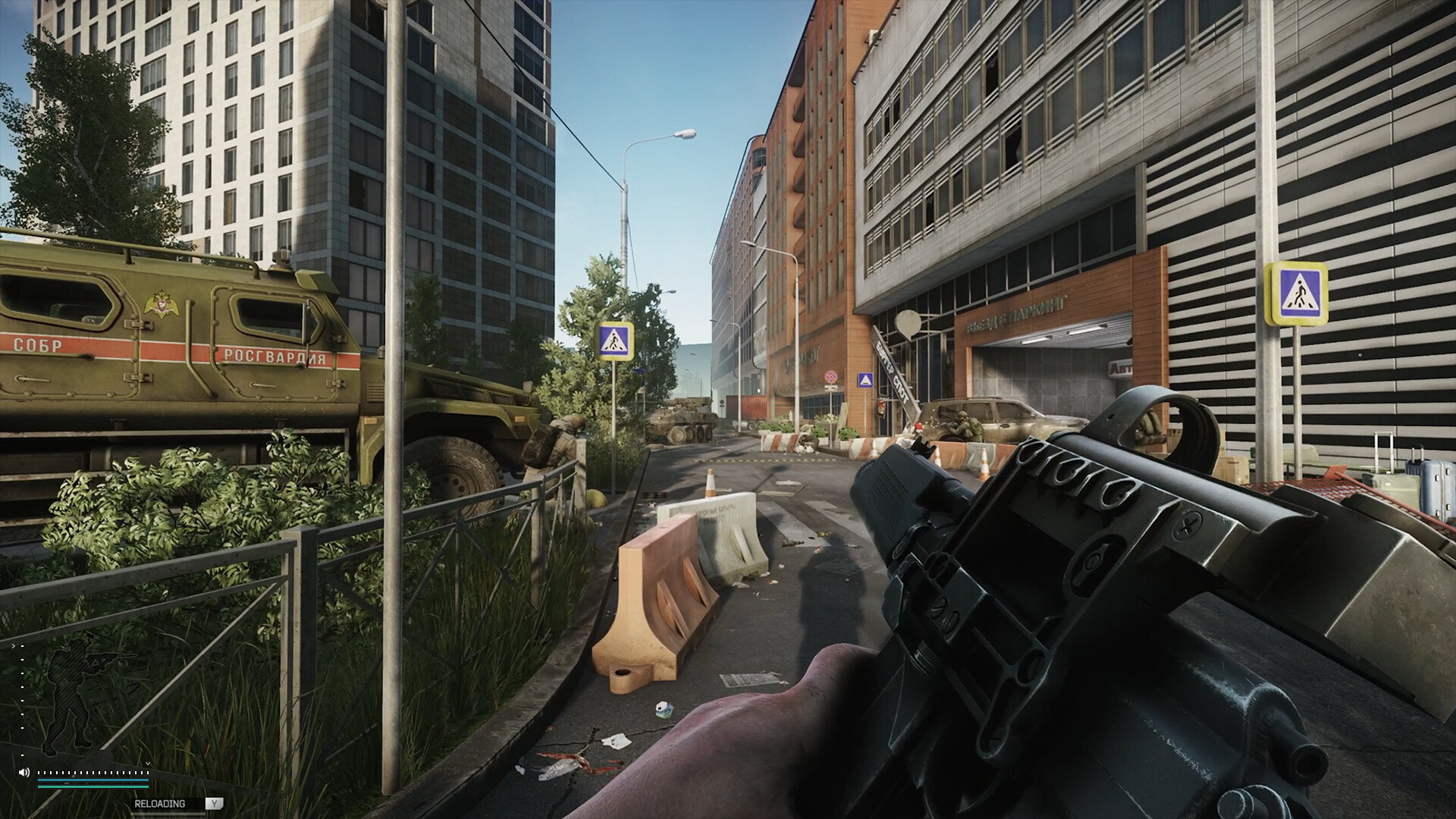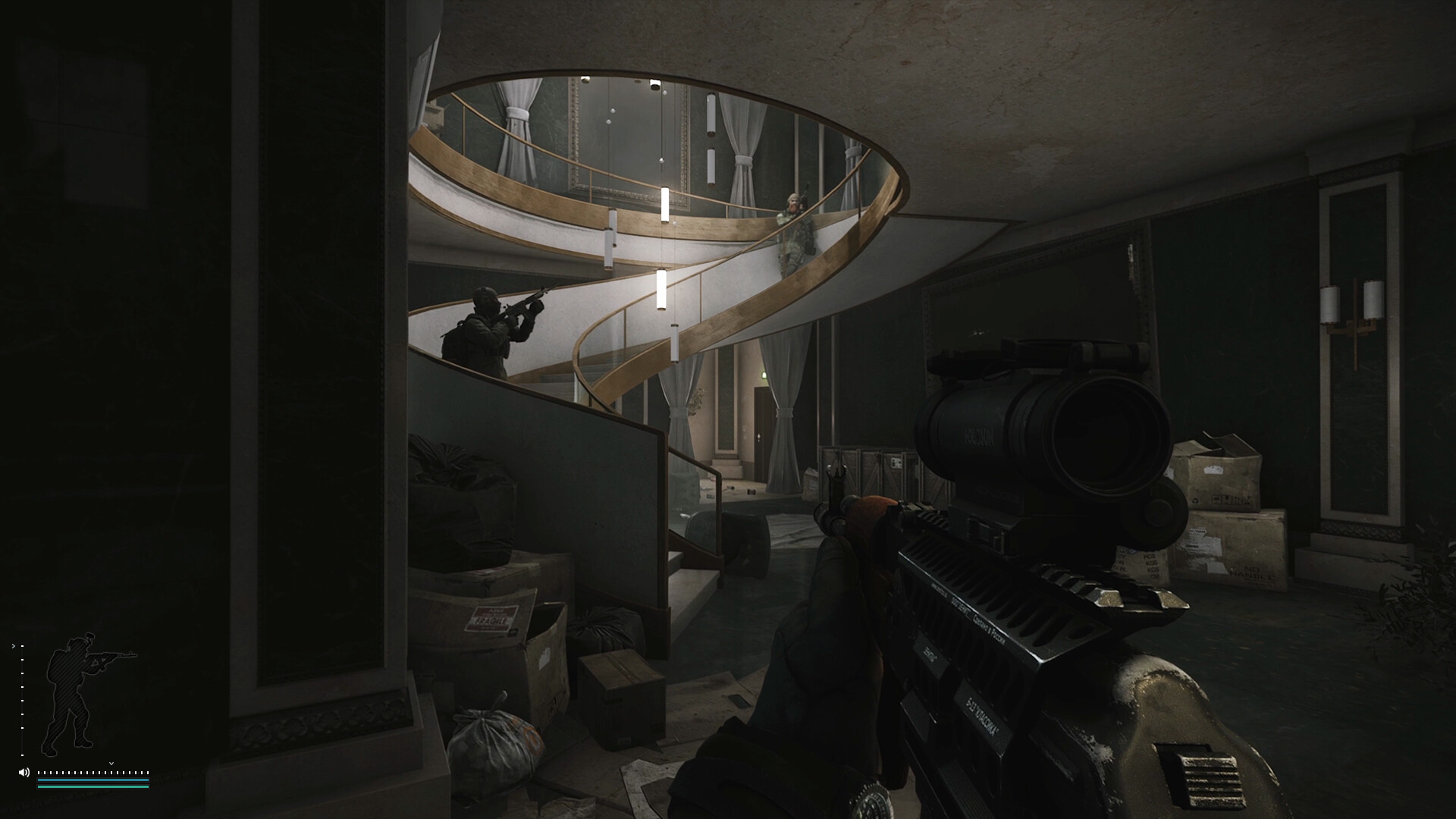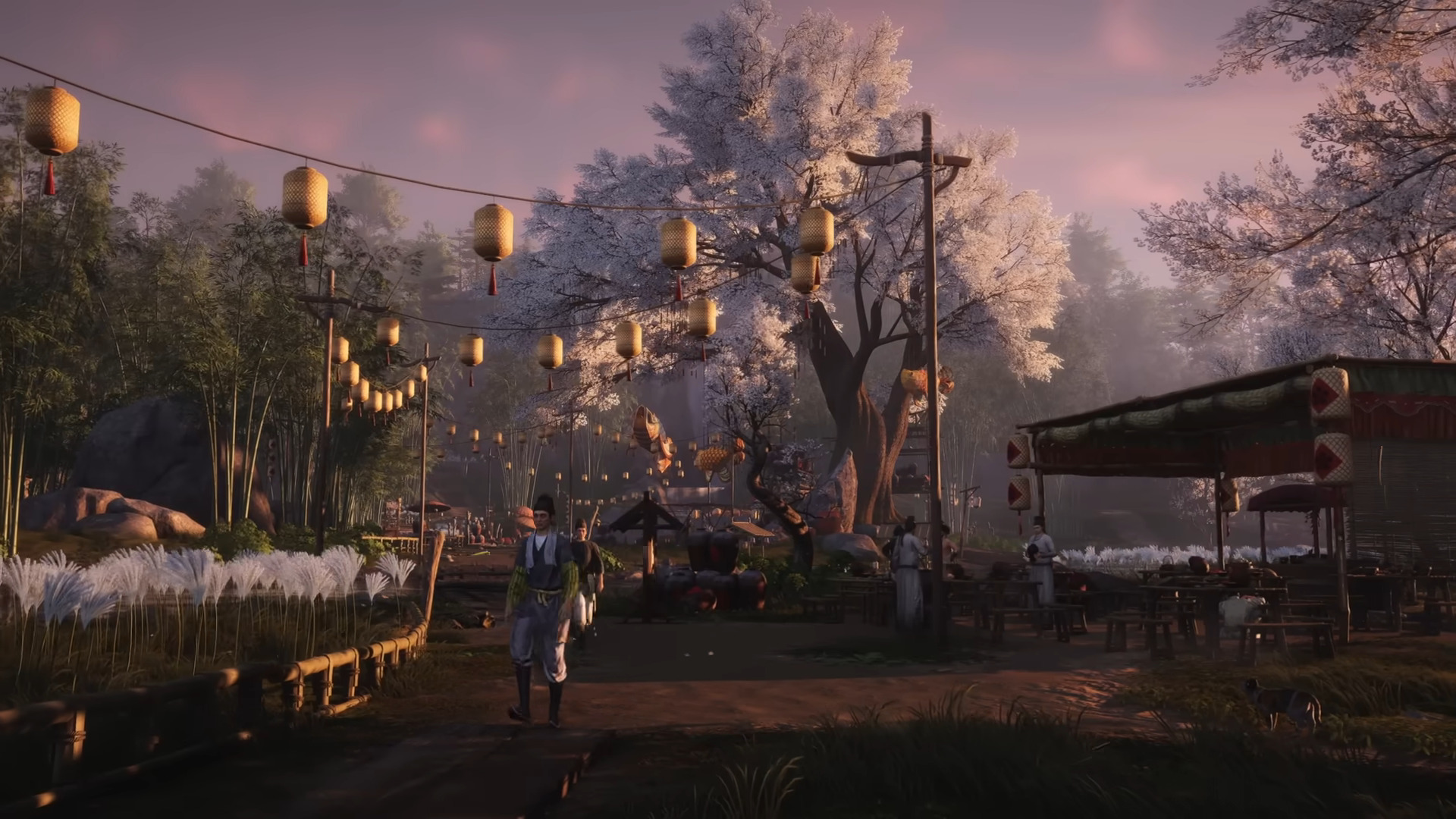Here are the best settings for Doom: The Dark Ages for RTX 3090 Ti, RTX 3090, RTX 3080 Ti, RTX 3080, and more.

Like previous id Software titles, DOOM: The Dark Ages optimizes performance well and pushes last-gen hardware to its absolute limits. In 2025, well-optimized titles that run this well will be hard to find. While you can’t disable ray tracing in this title, gamers with last-gen GPUs mentioned here will find the settings below extremely helpful for their gaming PCs. They can enjoy the game at that first-person grade framerate, and not lose much in visual fidelity.
Note: Most of the GPUs listed here are flagships from the past, but they remain competent even today. In an RT-intensive title such as Doom Dark Ages, pairing these with a 7800 X3D makes the most sense. The Core i5 13600K is a good option for a more lightweight card. The 3070 Ti or 6750 XT makes a good pair.
Best Settings for RTX 3090 Ti, RTX 3090, RTX 3080 Ti, RTX 3080 in Doom: The Dark Ages
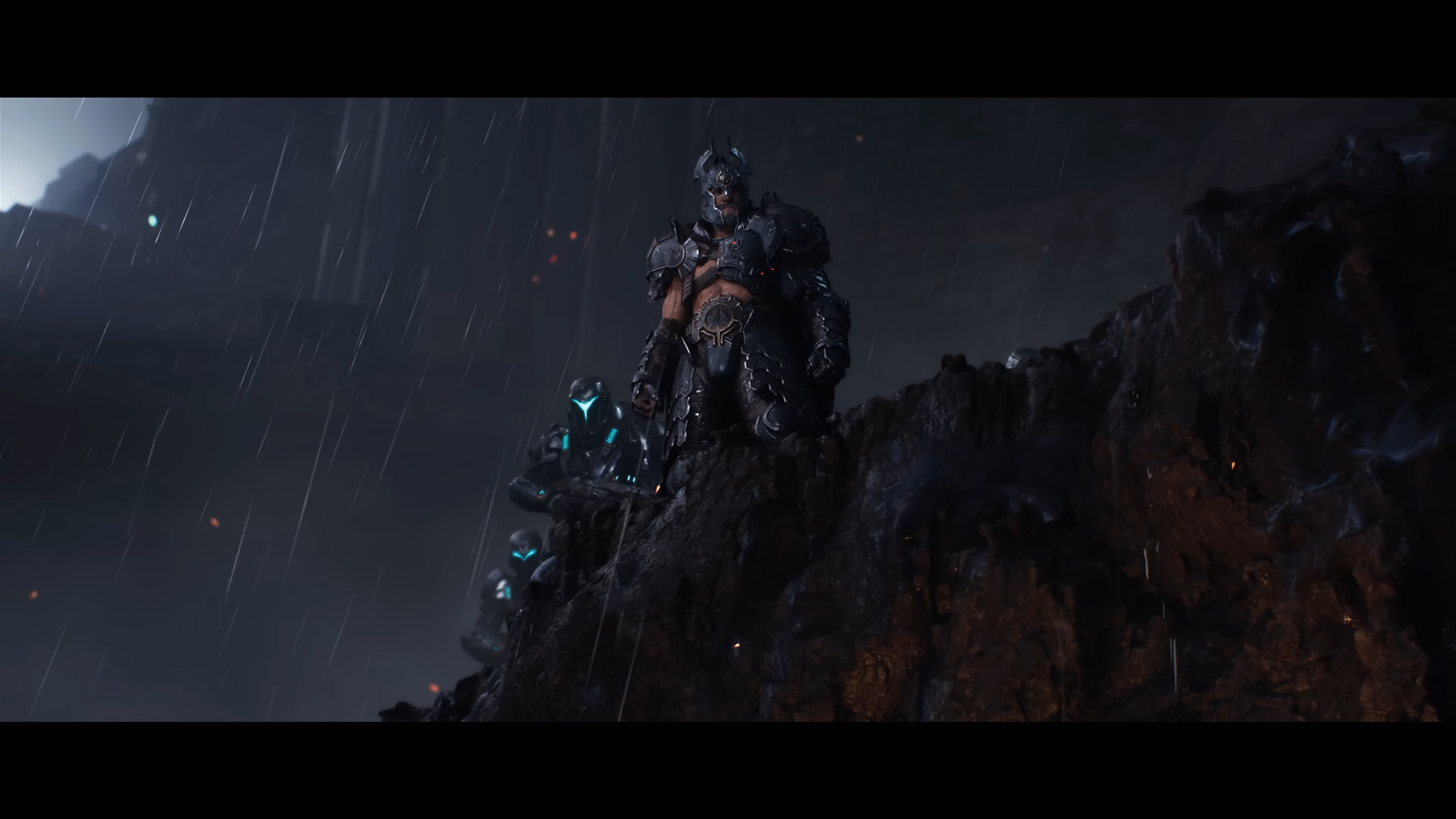
A few keynotes to consider:
- As mentioned, RT is always on and you cannot disable it, so the GPU performance won’t be as smooth as it was in Doom Eternal or DOOM 2016.
- Thanks to RT for producing accurate lighting and global illumination, even lowering settings doesn’t dramatically change visuals.
- 10 GB+ VRAM is needed for 1440p/Ultra, 12–16GB for 4K/Ultra. Monitor your VRAM usage via RTSS to avoid stuttering.
- Upscaling is essential at 4K. DLSS from NVIDIA and FSR from AMD are highly recommended for smooth framerates.
- DLSS Frame Generation is not supported on RTX 30-series, so don’t expect the massive (fake) FPS boosts seen on newer cards. You can opt for the FSR Coupled Frame Gen option, but remember that you cannot use DLSS alongside it.
Best Settings Explored
| Setting | 1440p (QHD) | 4K (UHD) |
| Window Mode | Fullscreen | Fullscreen |
| Aspect Ratio | 16:9 (or your native) | 16:9 (or your native) |
| Resolution | 2560×1440 | 3840×2160 |
| Refresh Rate | Highest available | Highest available |
| Vertical Sync | Off (On if tearing) | Off (On if tearing) |
| Present From Compute | On | On |
| Resolution Scaling Mode | Off | Off |
| Resolution Scale | 100% | 100% |
| Performance Metrics | Off (On for benchmarking) | Off (On for benchmarking) |
| Field of View | 90–100 (personal) | 90–100 (personal) |
| Chromatic Aberration | Off | Off |
| Depth of Field | Off | Off |
| Sharpening | Default/personal | Default/personal |
| Film Grain | Off | Off |
| Upscaler | DLSS | DLSS |
| DLSS Super Resolution | Quality (Balanced if FPS < 70) | Balanced (Performance if FPS < 60) |
| DLSS Sharpness | 0.3–0.5 (personal) | 0.3–0.5 (personal) |
| DLSS Frame Generation | N/A | N/A |
| FSR/XeSS | Off | Off |
| NVIDIA Reflex Mode | On | On |
| Overall Quality Slider | Ultra | High (Ultra if VRAM allows) |
| Texture Pool Size | 2048–3072 | 2048 (reduce if VRAM > 10GB) |
| Shadow Quality | Ultra | High |
| Reflections Quality | Ultra | High |
| Lights Quality | Ultra | High |
| Particles Quality | Ultra | High |
| Decal Quality | Ultra | High |
| Water Quality | Ultra | High |
| Volumetrics Quality | High | Medium/High |
| Texture Filtering Quality | Ultra | Ultra |
| Geometric Quality | Ultra | High |
| Shading Quality | Ultra | High |
Best Settings for RTX 3070 Ti, RTX 3070 in Doom: The Dark Ages
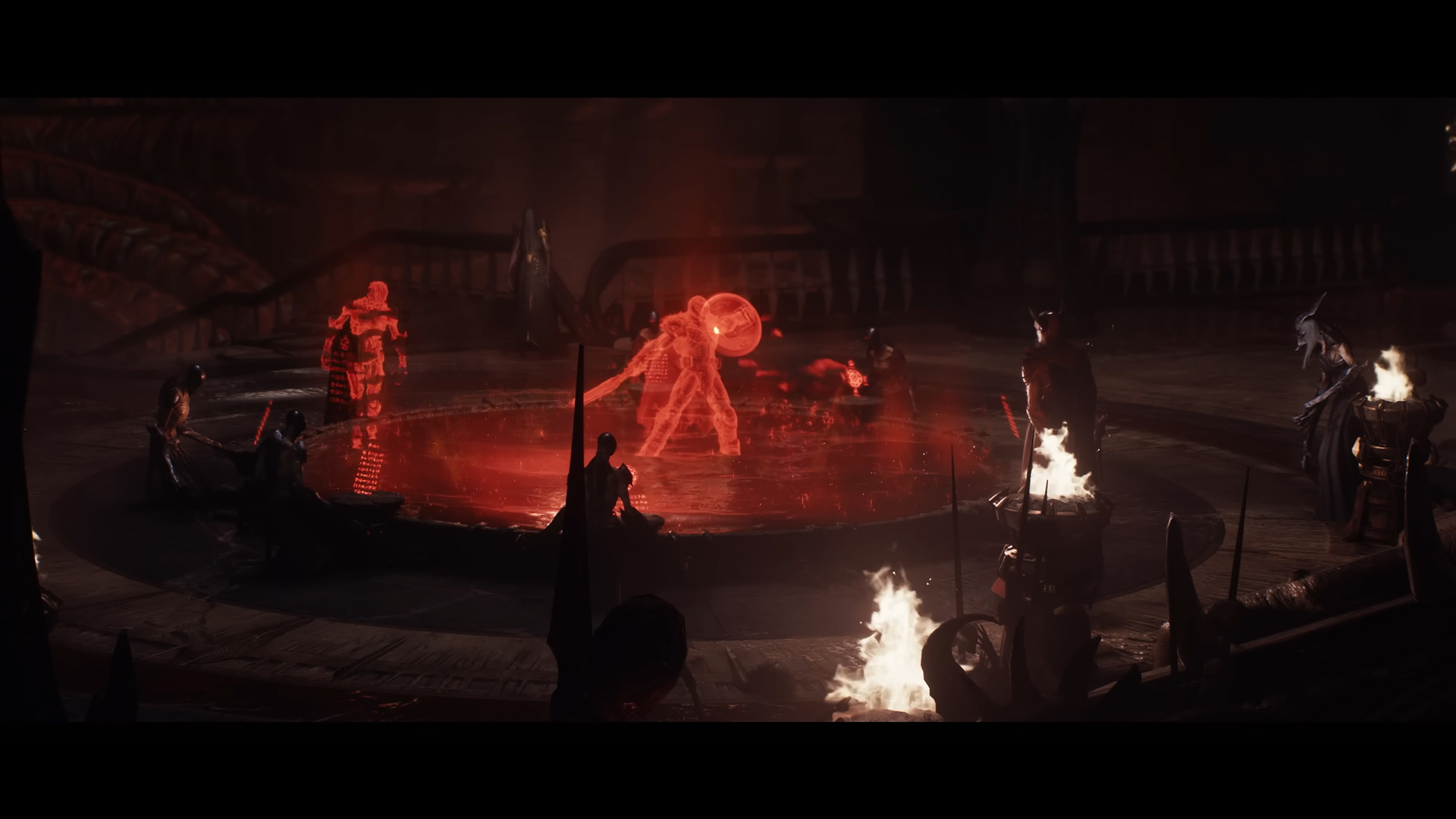
A few keynotes to consider:
- 3070 Ti and 3070 are competent cards, but they are constrained due to 8GB of VRAM
- You must constantly monitor your VRAM usage via RTSS or any other software.
- If there is performance headroom, you may increase shadows or decal quality. The game looks great with those on the higher side.
- You can choose FSR Framegen, but you cannot use DLSS alongside it.
Best Settings Explored
| Setting | 1440p (QHD) | 1080p (FHD) |
| Window Mode | Fullscreen | Fullscreen |
| Aspect Ratio | 16:9 (or your native) | 16:9 (or your native) |
| Resolution | 2560×1440 | 1920×1080 |
| Refresh Rate | Highest available | Highest available |
| Vertical Sync | Off (On if tearing) | Off (On if tearing) |
| Present From Compute | On | On |
| Resolution Scaling Mode | Off | Off |
| Resolution Scale | 100% | 100% |
| Performance Metrics | Off (On for benchmarking) | Off (On for benchmarking) |
| Field of View | 90–100 (personal) | 90–100 (personal) |
| Chromatic Aberration | Off | Off |
| Depth of Field | Off | Off |
| Sharpening | Default/personal | Default/personal |
| Film Grain | Off | Off |
| Upscaler | DLSS | DLSS |
| DLSS Super Resolution | Quality (Balanced if FPS < 60) | Quality |
| DLSS Sharpness | 0.3–0.5 (personal) | 0.3–0.5 (personal) |
| DLSS Frame Generation | N/A | N/A |
| FSR/XeSS | Off | Off |
| NVIDIA Reflex Mode | On | On |
| Overall Quality Slider | High | Ultra |
| Texture Pool Size | 1024-2048 | 1024-2048 |
| Shadow Quality | High | Ultra |
| Reflections Quality | High | Ultra |
| Lights Quality | High | Ultra |
| Particles Quality | High | Ultra |
| Decal Quality | High | Ultra |
| Water Quality | High | Ultra |
| Volumetrics Quality | Medium | High |
| Texture Filtering Quality | High | Ultra |
| Geometric Quality | High | Ultra |
| Shading Quality | High | Ultra |
Best Settings for RX 6950 XT, RX 6900 XT, RX 6800 XT, RX 6700 XT, RX 6700 in Doom: The Dark Ages
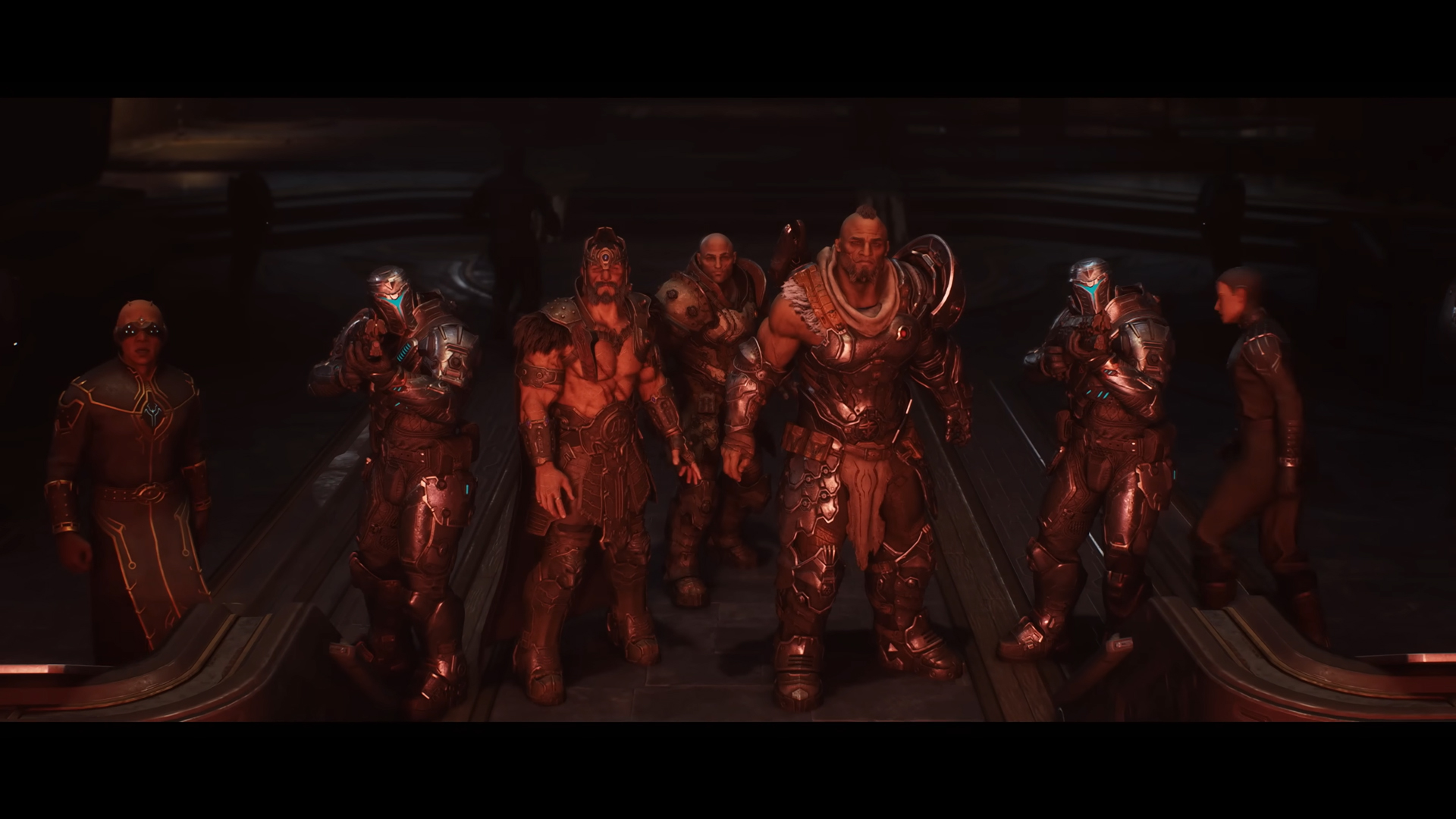
A few keynotes to consider:
- Users with 6700, 6700, and 6750 XT, please carefully monitor your VRAM usage and then apply these settings, as it can climb over 14GB in certain areas.
- You can enable play with FSR framegen in this title and enjoy a high FPS experience.
Best Settings Explored
| Setting | 1440p (QHD) | 4K (UHD) |
| Window Mode | Fullscreen | Fullscreen |
| Aspect Ratio | 16:9 (or your native) | 16:9 (or your native) |
| Resolution | 2560×1440 | 3840×2160 |
| Refresh Rate | Highest available | Highest available |
| Vertical Sync | Off (On if tearing) | Off (On if tearing) |
| Present From Compute | On | On |
| Resolution Scaling Mode | Off | Off |
| Resolution Scale | 100% | 100% |
| Performance Metrics | Off (On for benchmarking) | Off (On for benchmarking) |
| Field of View | 90–100 (personal) | 90–100 (personal) |
| Chromatic Aberration | Off | Off |
| Depth of Field | Off | Off |
| Sharpening | Default/personal | Default/personal |
| Film Grain | Off | Off |
| Upscaler | FSR | FSR |
| FSR Quality Mode | Quality (Balanced if FPS < 70) | Balanced (Performance if FPS < 60) |
| FSR Sharpness | 0.3–0.5 (personal) | 0.3–0.5 (personal) |
| FSR Frame Generation | Off | Off |
| DLSS/XeSS | Off | Off |
| NVIDIA Reflex Mode | N/A | N/A |
| Overall Quality Slider | Ultra | High (Ultra if VRAM allows) |
| Texture Pool Size | 2048–3072 | 2048 (reduce if VRAM > 10GB) |
| Shadow Quality | Ultra | High |
| Reflections Quality | Ultra | High |
| Lights Quality | Ultra | High |
| Particles Quality | Ultra | High |
| Decal Quality | Ultra | High |
| Water Quality | Ultra | High |
| Volumetrics Quality | High | Medium/High |
| Texture Filtering Quality | Ultra | Ultra |
| Geometric Quality | Ultra | High |
| Shading Quality | Ultra | High |
That wraps up the settings recommendations for Last-Gen Gaming PC users, whether you are rocking a 3090 Ti or a 6700 XT, these settings are great for a baseline. Use them, tweak them, have fun. The game’s requirements change depending on the biome and level.
Looking For More Related to Tech?
We provide the latest news and “How To’s” for Tech content. Meanwhile, you can check out the following articles related to PC GPUs, CPU and GPU comparisons, mobile phones, and more:
- 5 Best Air Coolers for CPUs in 2025
- ASUS TUF Gaming F16 Release Date, Specifications, Price, and More
- iPhone 16e vs iPhone SE (3rd Gen): Which One To Buy in 2025?
- Powerbeats Pro 2 vs AirPods Pro 2: Which One To Get in 2025
- RTX 5070 Ti vs. RTX 4070 Super: Specs, Price and More Compared
- Windows 11: How To Disable Lock Screen Widgets
 Reddit
Reddit
 Email
Email
